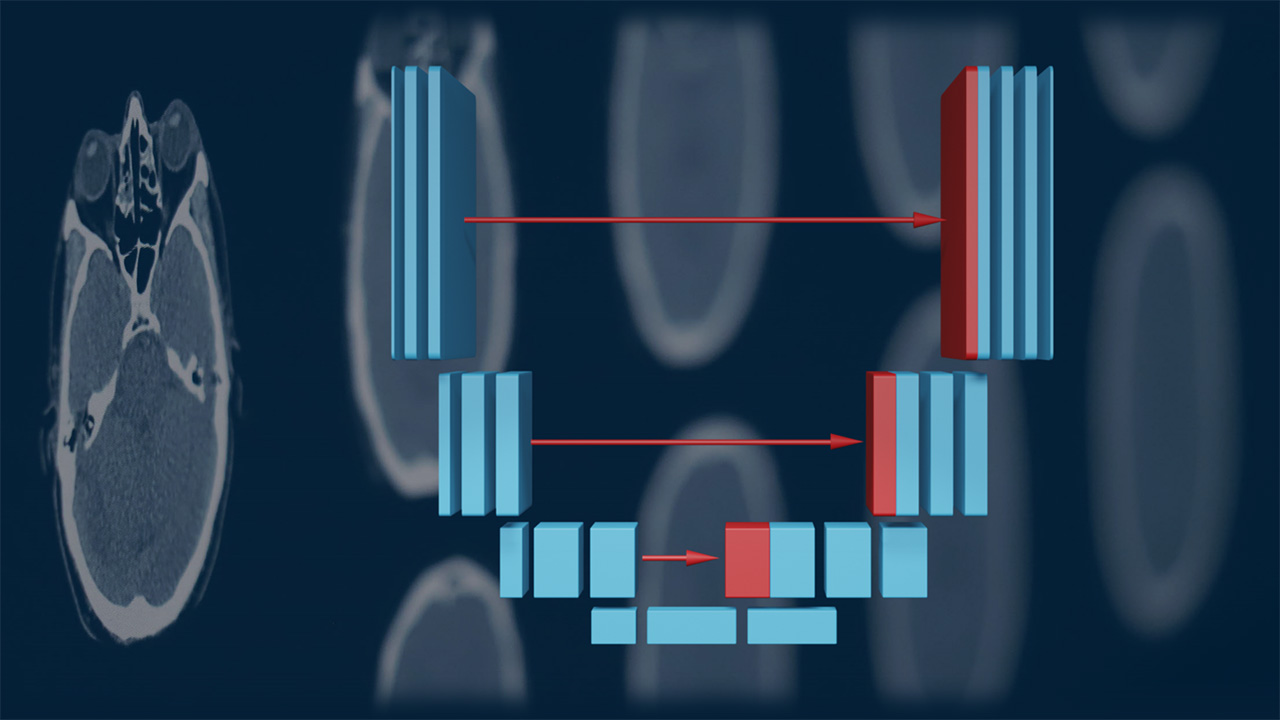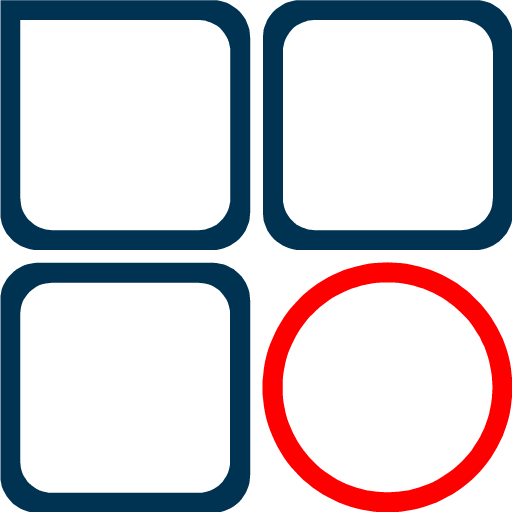Medical Image Processing

Course given by
Course number
Language
Credit Points
Hours per week
Click here to go to
Moodle
Contents
The first section covers reception by the human visual system as well as introducing definitions and fundamentals for image processing (e.g., discretization, sampling theorem, global characteristics of images). The second section teaches the main operations in the spatial domain (histogram modulation, filtering morphological operations, geometric image operations, distance transform, …). The third section covers information extraction methods (segmentation, texture analysis, shape description). The fourth section focuses on classification and various machine learning methods (e.g., support vector machines, deep learning). The fifth section includes image restoration. In addition, an overview of image registration and 3D visualization is given.
Lectures
Room
Lesson begins
Lesson ends
First lesson is on
Excercises
Room
Excercise begins
Excercise ends
First excercise is on
Exam
Type of exam
Exam date
Duration of exam
Registration for the exam
Objectives
Requirements
Prior knowledge
Literature
1. Lehmann, Thomas, Oberschelp, Walter, Pelikan, Erich “Bildverarbeitung für die Medizin”, Springer, 1997
2. Campisi, Patrizio, Egiazarian, Karen “Blind Image Deconvolution. Theory and Applications”, CRC Press, 2007
3. Fischer, Max, Haberäcker, Peter, Nischwitz, Alfred “Computergrafik und Bildverarbeitung”, Vieweg Verlag, 2007
4. Pratt, William K. Pratt “Digital Image Processing”, Wiley & Sons, 1978
5. Eddins, Steve L., Gonzalez , Rafael C., Woods, Richard E. “Digital Image Processing Using MATLAB”, Gatesmark, 2009
6. Jähne, Bernd “Digitale Bildverarbeitung”, Springer, 2010
7. Wiltgen, Marco “Digitale Bildverarbeitung in der Medizin”, Shaker, 1999
8. Jain, Anil K. “Fundamentals of Digital Image Processing”, Prentice Hall, 1989
9. Asyali, Musa Hakan, Demirkaya, Omer, Sahoo, Prasanna K. “Image Processing with MATLAB. Apllications in Medicine and Biology”, CRC Press, 2009
10. Boyle, Roger, Hlavac, Vaclav, Sonka, Milan “Image Processing, Analysis, and Machine Vision”, Brooks Cole, 1999
11. Oppelt, Arnulf “Imaging Systems for Medical Diagnostics”, Publicis Corporate Publishing, 2005
12. Handels, Heinz “Medizinische Bildverarbeitung”, Teubner Verlag, 2000


